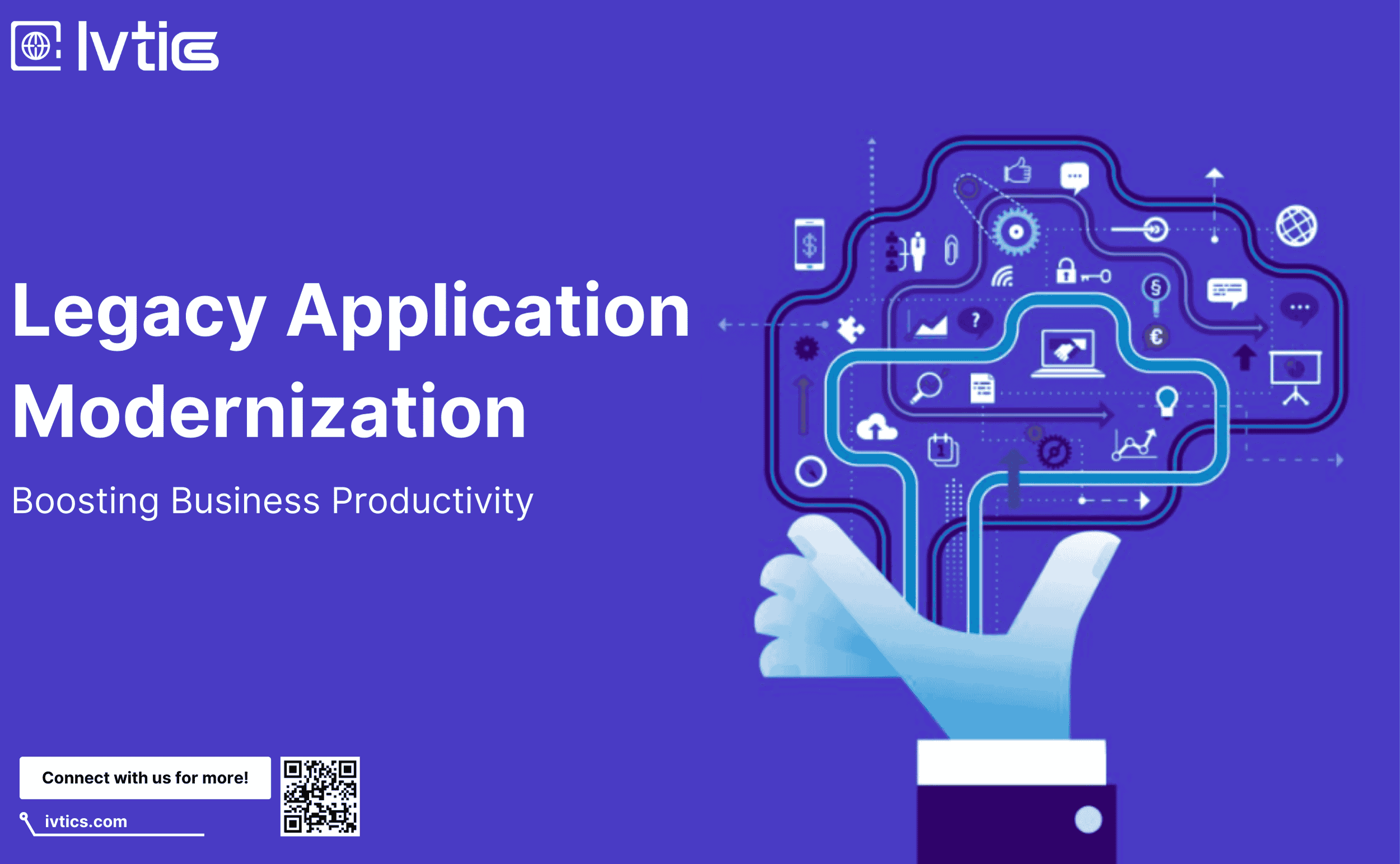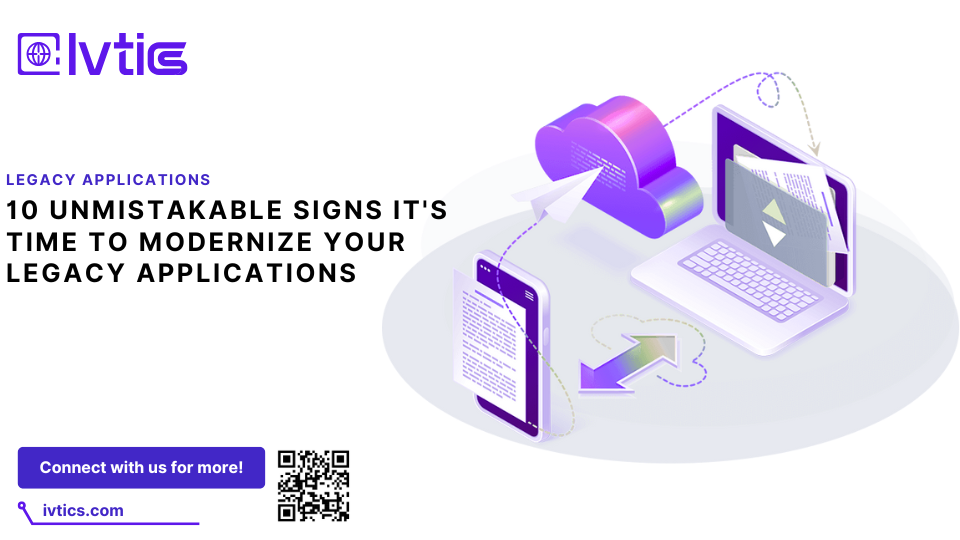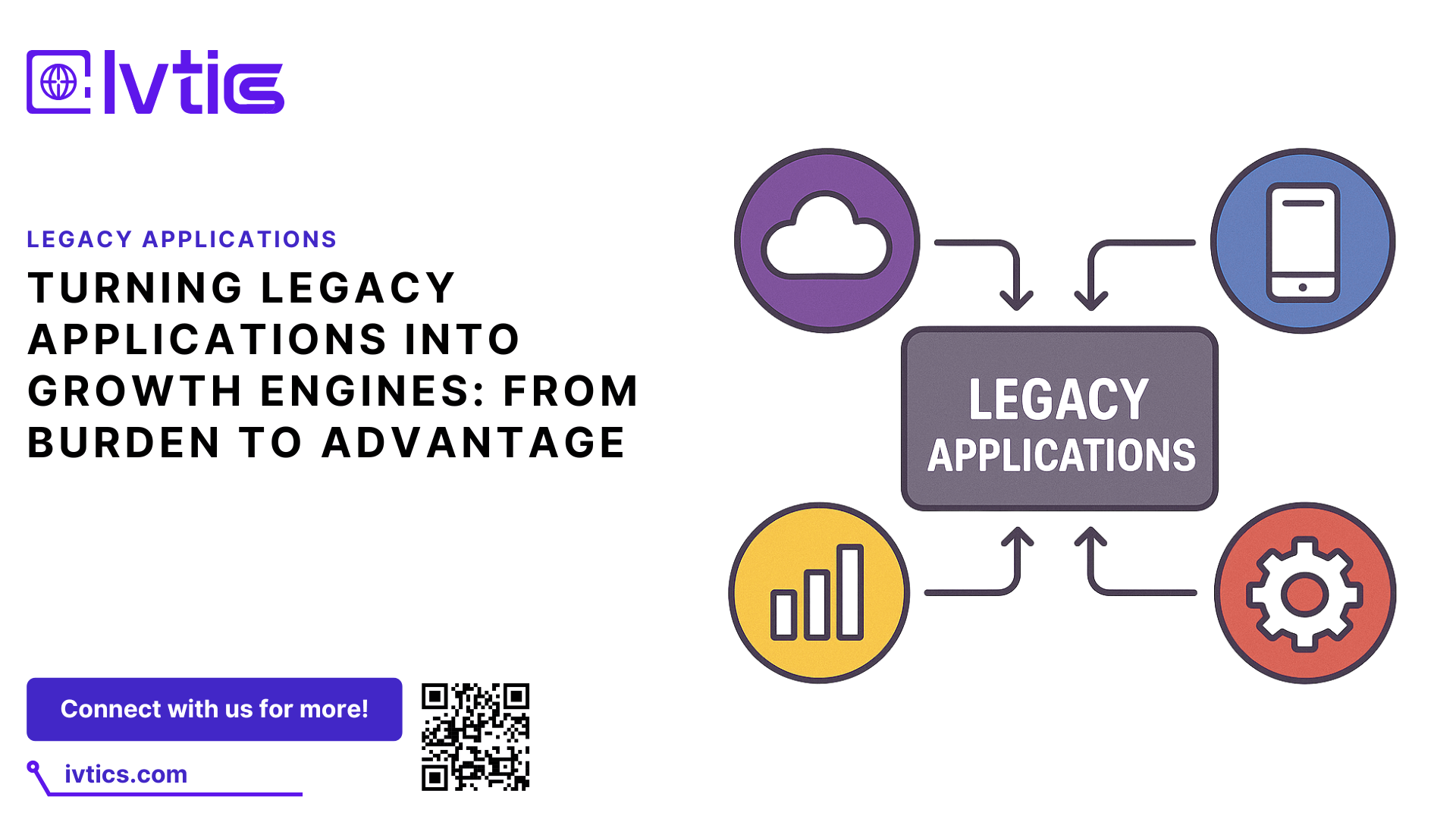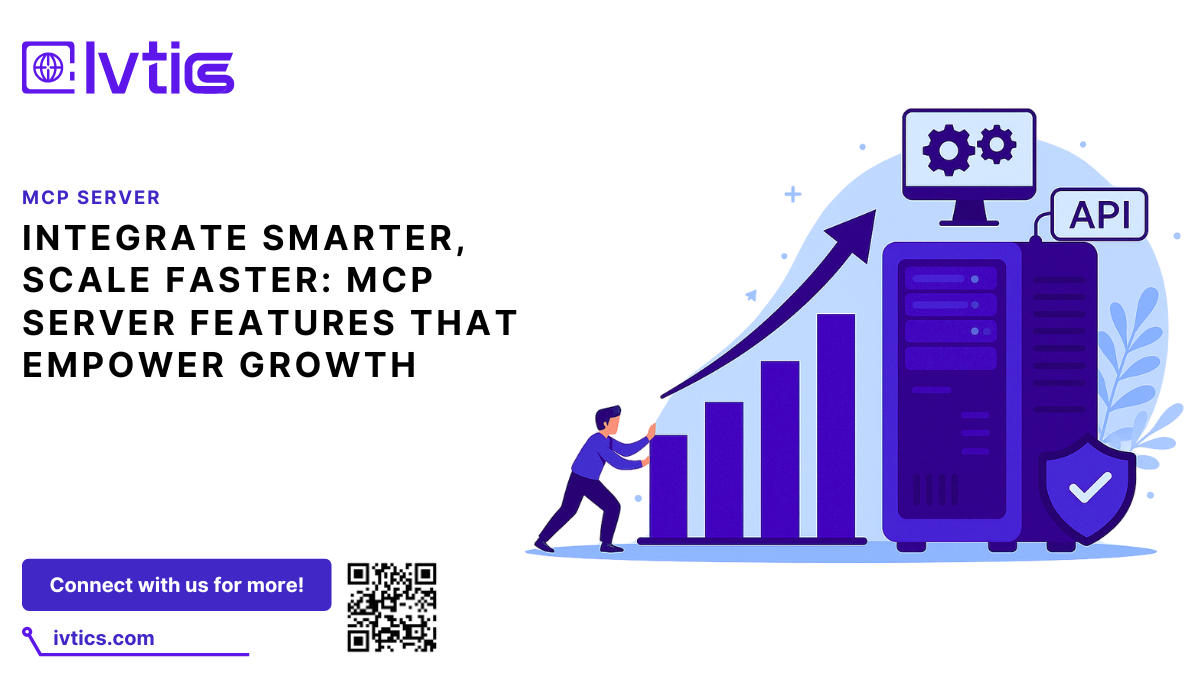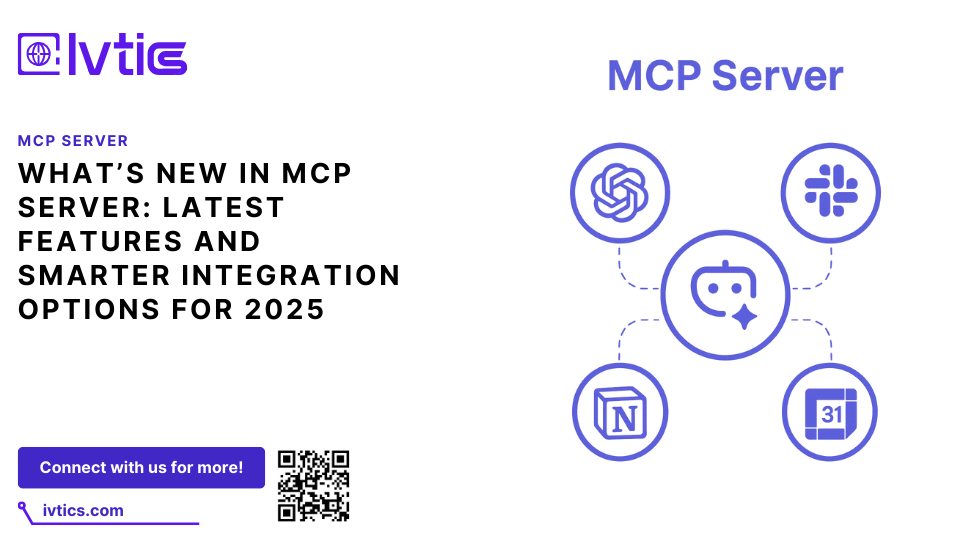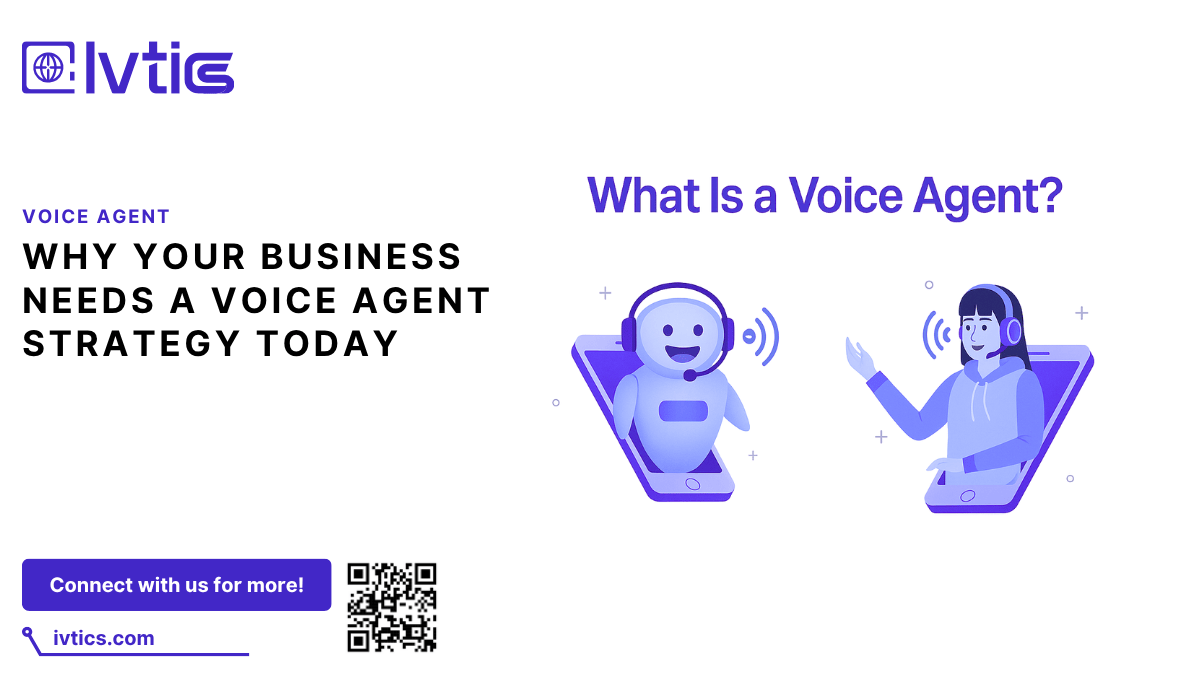Table of Contents
Legacy application modernization is the process of updating outdated software systems to align with modern business needs. As companies grow and evolve, using old and inefficient systems can hinder productivity, increase security risks, and lead to high maintenance costs. Modernizing these applications ensures businesses remain competitive, agile, and secure in an ever-evolving digital landscape.
Understanding Legacy Applications
Legacy applications are outdated software systems that still perform essential business functions but lack modern capabilities. These applications may have been built using old programming languages, incompatible architectures, or outdated security frameworks. Common challenges businesses face with legacy systems include:
- Slow performance leading to productivity loss
- High maintenance costs due to outdated infrastructure
- Security vulnerabilities that expose sensitive data
- Difficulty integrating with modern cloud-based solutions
The Need for Legacy Application Modernization
Impact on Productivity
Old software often struggles to keep up with modern business demands, leading to inefficiencies in workflow and reduced employee productivity.
Security Vulnerabilities
Cybersecurity threats evolve rapidly, and legacy applications often lack the latest security protocols, making them prime targets for cyberattacks.
High Maintenance Costs
Maintaining outdated systems is expensive. Businesses spend significant resources on support, patches, and workarounds instead of investing in innovation.
Key Benefits of Legacy Application Modernization
Improved Business Efficiency
Modern applications run faster, support automation, and enhance overall business productivity by streamlining operations.
Enhanced Security and Compliance
Upgrading to newer technologies ensures adherence to current security standards and regulatory requirements.
Cost Savings
Modernized applications reduce infrastructure costs, minimize downtime, and require fewer maintenance resources.
Better Integration with Modern Technologies
Legacy modernization allows seamless integration with cloud computing, AI-driven solutions, and other digital transformation initiatives.
Modernization Strategies
Rehosting (Lift and Shift)
Rehosting involves moving legacy applications to a new environment, such as the cloud, without making significant changes to the code. This strategy is quick and cost-effective, making it ideal for businesses looking to modernize their systems with minimal disruption.
Replatforming
Replatforming involves making minor modifications to the application to take advantage of new platforms or frameworks. This strategy strikes a balance between rehosting and refactoring, offering improved performance without extensive code changes.
Refactoring
Refactoring optimizes and restructures existing code to enhance performance, readability, and maintainability. This approach allows businesses to retain the core functionality of their applications while enhancing their efficiency and scalability.
Rebuilding
Rebuilding involves completely rewriting the application from scratch using modern technologies. While this approach is time-consuming and costly, it offers the highest level of customization and scalability, making it ideal for businesses with complex needs.
Replacing
In some cases, the best option is to replace the legacy application with a new, off-the-shelf solution. This strategy is suitable for businesses that no longer require the custom features of their legacy systems and are looking for a more cost-effective and efficient alternative.
Choosing the Right Modernization Approach
Businesses should assess their needs, consider budget constraints, and evaluate potential return on investment (ROI) before selecting a modernization strategy.
Challenges in Legacy Application Modernization
- Data Migration Complexities – Transferring data from legacy systems to modern platforms can be challenging.
- Integration Issues – Ensuring smooth integration with existing systems is crucial for business continuity.
- Change Management – Employees need proper training and adaptation strategies to use the modernized system effectively.
Best Practices for a Smooth Modernization Process
- Conduct a comprehensive system assessment before starting the modernization process.
- Involve key stakeholders early to align modernization goals with business needs.
- Prioritize security and compliance throughout the transition.
- Perform rigorous testing to ensure seamless functionality post-modernization.
The Role of Cloud and AI in Modernization
Cloud computing provides scalability and flexibility, making it easier for businesses to modernize applications without major infrastructure investments. AI-powered automation simplifies software upgrades, reduces manual effort, and ensures a smoother transition.
Future Trends in Application Modernization
- Serverless Computing – Eliminates the need for infrastructure management, reducing costs and improving scalability.
- Low-Code and No-Code Solutions – Enables businesses to modernize applications faster with minimal coding expertise.
Conclusion
Legacy application modernization is no longer optional—it’s a necessity for businesses aiming to stay competitive. By upgrading outdated systems, companies can improve productivity, reduce costs, enhance security, and integrate with modern technologies. Taking the right approach ensures a smooth transition and long-term business success.
At Ivtics, we specialize in Legacy Application Modernization services, helping businesses seamlessly upgrade their outdated systems with cloud migration, microservices, API integration, and AI-driven automation. Our tailored solutions ensure improved efficiency, security, and scalability, enabling your business to stay ahead in the digital era. Contact Ivtics today to future-proof your applications and drive business growth.
FAQs
What are the signs that a business needs legacy modernization?
If your system experiences frequent downtime, high maintenance costs, and security vulnerabilities, it’s time for modernization.
How long does the modernization process take?
It depends on the complexity of the system and the chosen approach. It can take a few months to over a year.
What are the cost implications of modernizing a legacy system?
While initial costs may be high, modernization leads to long-term savings in maintenance, security, and operational efficiency.
Can small businesses benefit from legacy application modernization?
Absolutely! Modernization helps small businesses streamline operations, reduce costs, and improve customer experiences.
What technologies are commonly used for modernization?
Cloud computing, AI-driven automation, containerization, and microservices architecture are commonly used.
Insights
Related Blogs
Explore the latest insights in Development, Software, and
Technology. Stay ahead with our expert tips and industry trends.
